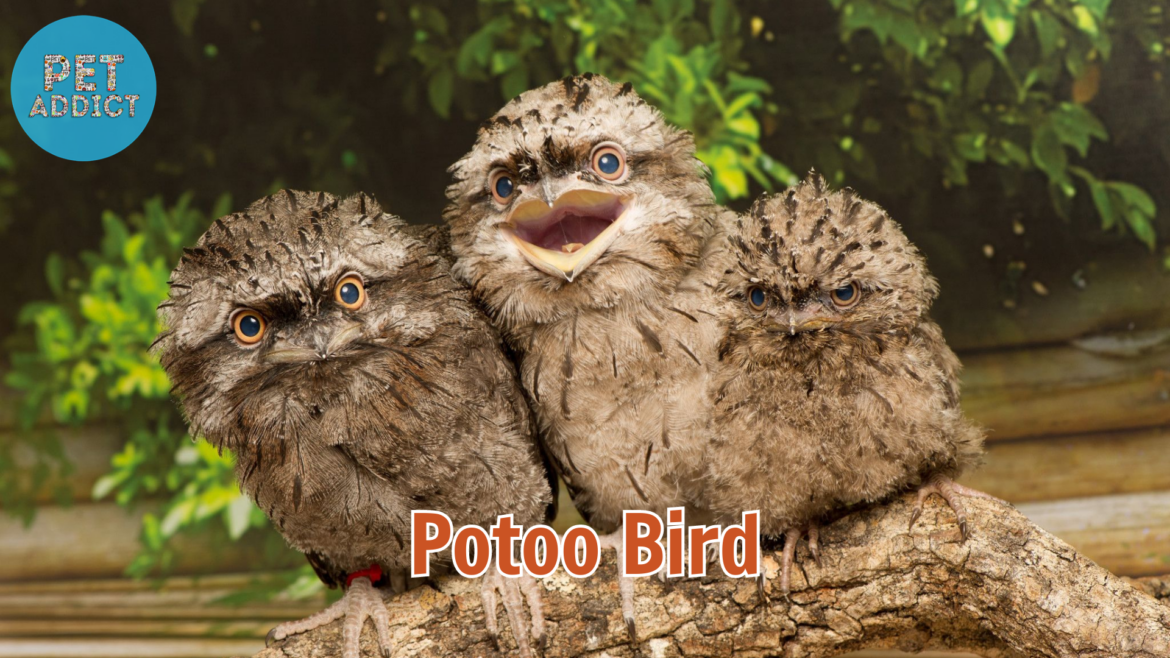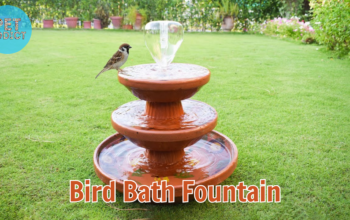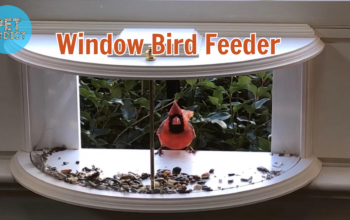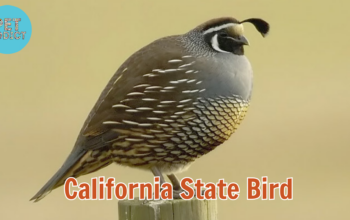The Potoo bird, known scientifically as the Nyctibius genus, is a remarkable creature found in Central and South America. Despite its owl-like appearance, it’s not closely related to owls. The Potoo’s large eyes and cryptic coloring contribute to its ability to blend seamlessly into its surroundings, making it a true master of camouflage.
PetAddict.net – The best place where you can find everything about your pet!
Physical Characteristics of the Potoo Bird
With a stocky body, large head, and prominent eyes, the Potoo bird’s most distinctive feature is its wide, gaping mouth that adds to its mystique. Its plumage varies among species, ranging from mottled browns to grays and whites, further aiding in its concealment during daylight hours.
Varieties of Potoo Birds
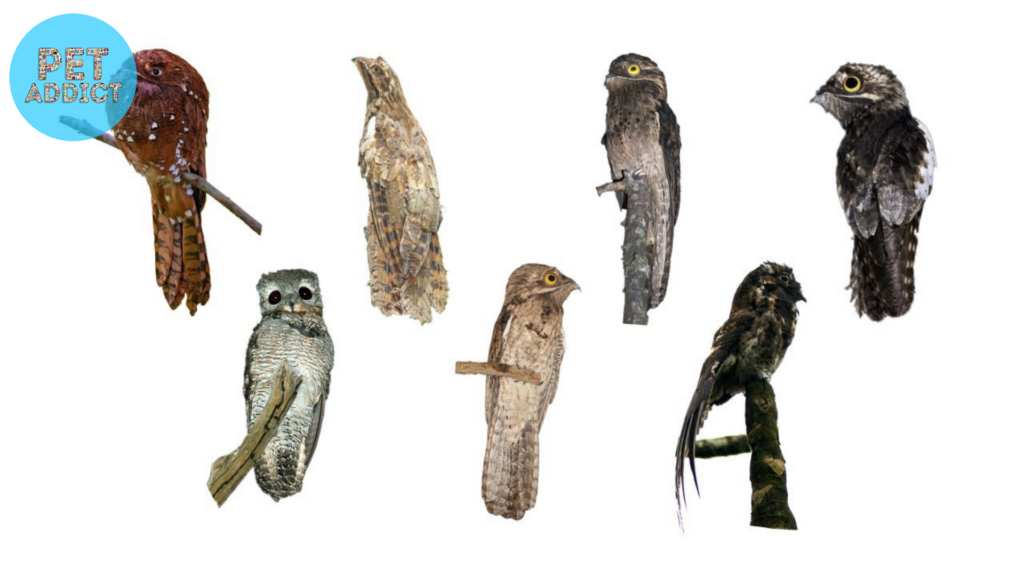
There are several species within the Potoo bird family, each with its own unique features and distribution. Some examples include the Common Potoo, Great Potoo, and Long-tailed Potoo.
Habitat and Distribution
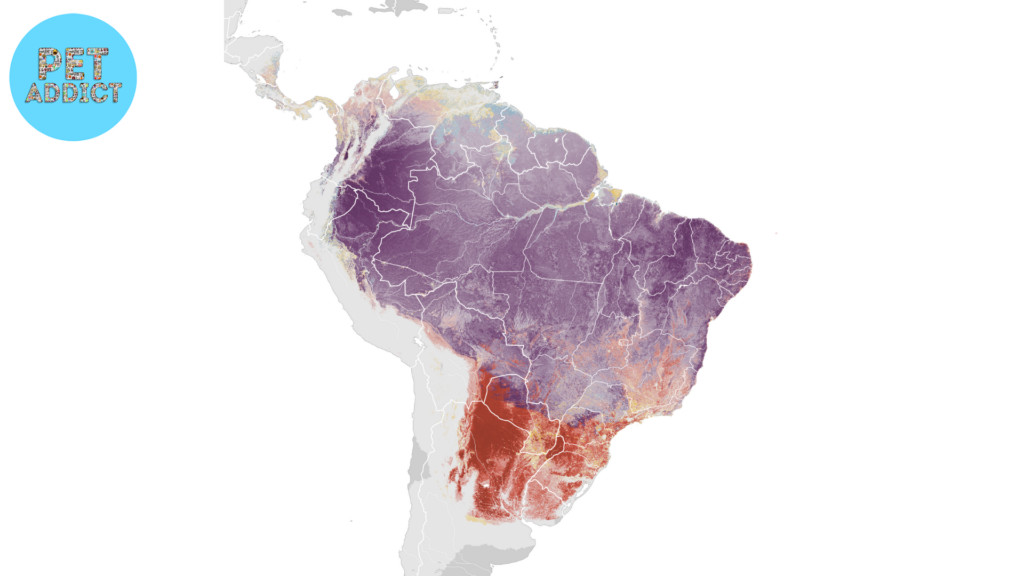
Potoo birds inhabit a range of environments, from dense rainforests to open woodlands. They are predominantly found in Central and South America, with their distribution varying based on species.
Nocturnal Lifestyle and Adaptations

Being nocturnal, Potoo birds are most active during the night. Their exceptional night vision and large eyes allow them to navigate and hunt in low-light conditions.
Potoo Bird’s Diet and Feeding Habits
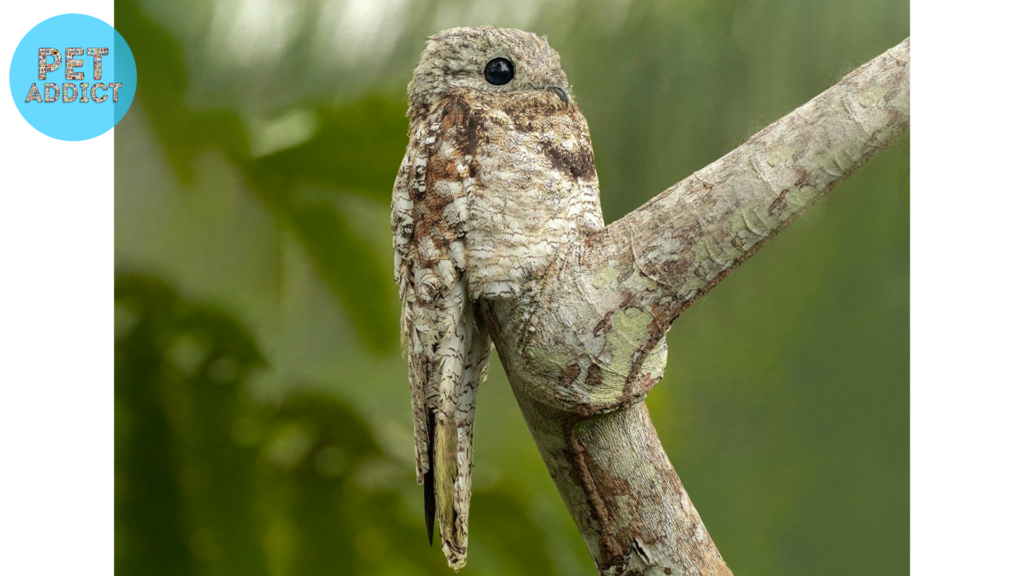
Potoos primarily feed on insects, using their wide mouths to catch flying prey like moths and beetles. Their perching strategy is akin to ambush predators, relying on their cryptic plumage to remain undetected while waiting for prey.
Breeding and Reproduction
During the breeding season, Potoo birds exhibit fascinating behaviors. They lay their eggs on branches or in tree hollows, relying on their camouflage to keep them hidden. Both parents take turns incubating the eggs and caring for the chicks.
Predators and Threats
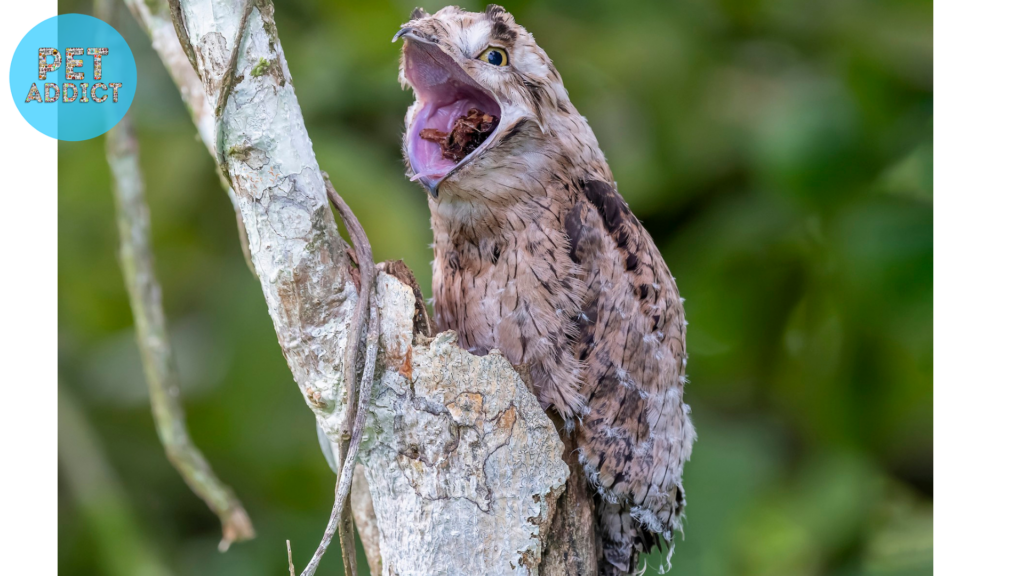
Despite their cryptic nature, Potoo birds face threats from predators such as snakes, owls, and larger birds. Habitat loss due to deforestation is another significant challenge.
Conservation Efforts and Challenges
Conservationists are working to protect Potoo bird habitats and raise awareness about their importance. Balancing development with the preservation of their natural environments is a critical challenge.
Potoo Bird in Folklore and Culture
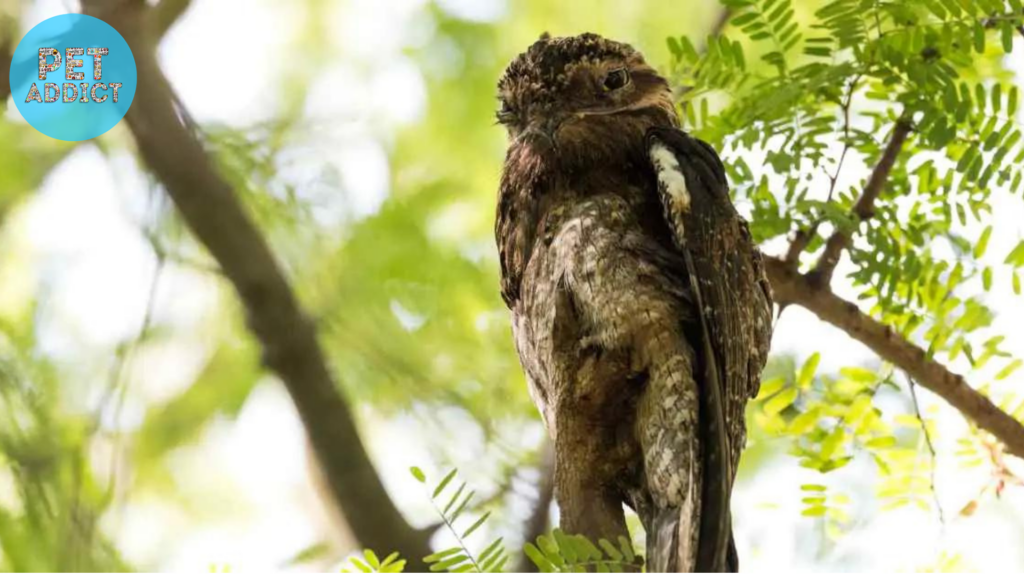
The enigmatic Potoo bird has woven itself into the cultural fabric of various communities. In some regions, it’s associated with superstitions and myths.
Unveiling the Potoo’s Mystique
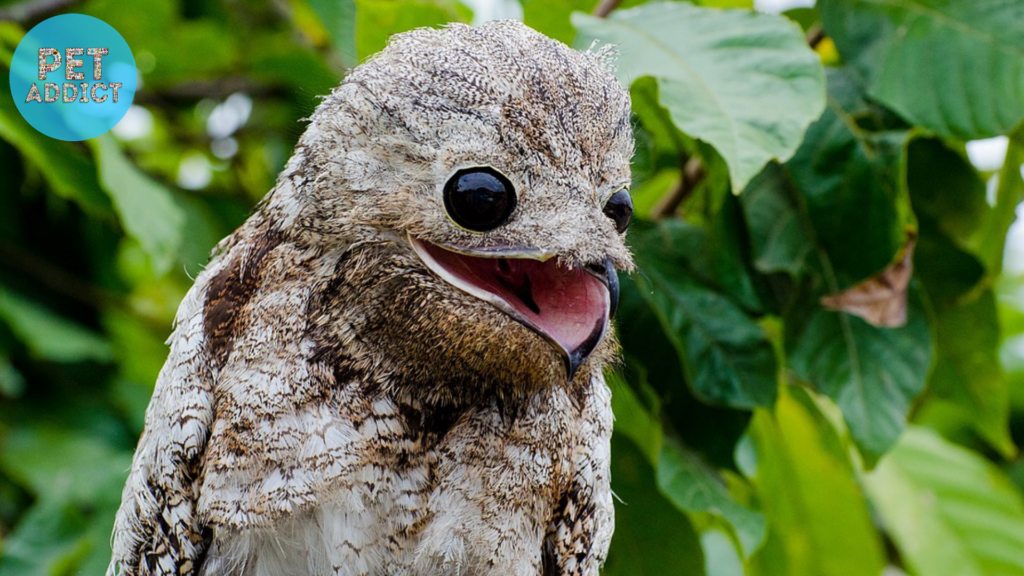
The Potoo bird’s ability to remain hidden and thrive in its environment continues to captivate researchers and nature enthusiasts alike. Its presence highlights the incredible diversity of Earth’s creatures.
Conclusion: A Marvel of Nature
In the realm of avian wonders, the Potoo bird stands as a true marvel. From its remarkable camouflage and nocturnal lifestyle to its captivating vocalizations, every aspect of this bird showcases the brilliance of nature’s designs.
FAQs about the Potoo Bird
- Q: Are Potoo birds endangered? A: While some species are considered near-threatened, overall, Potoo birds are not classified as endangered.
- Q: Do Potoo birds migrate? A: Potoo birds are generally sedentary, meaning they do not undertake long migrations.
- Q: How do Potoo birds communicate? A: Potoo birds communicate through a variety of vocalizations, including eerie calls and melodious whistles.
- Q: Can Potoo birds see well in the dark? A: Yes, Potoo birds have excellent night vision, allowing them to hunt effectively in low light conditions.
- Q: Are Potoo birds related to owls? A: Despite their owl-like appearance, Potoo birds are not closely related to owls. They belong to a different avian family.

